21+ SAMPLE Construction Request Form
-

Construction Training Request Form
download now -
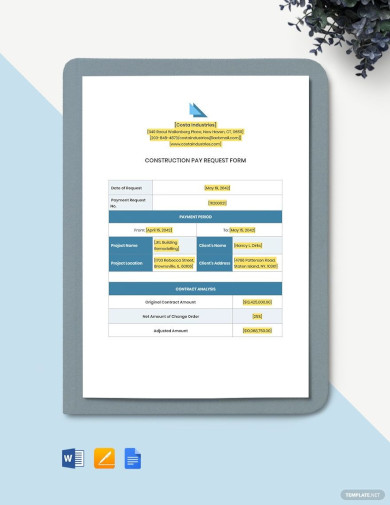
Construction Pay Request Form
download now -
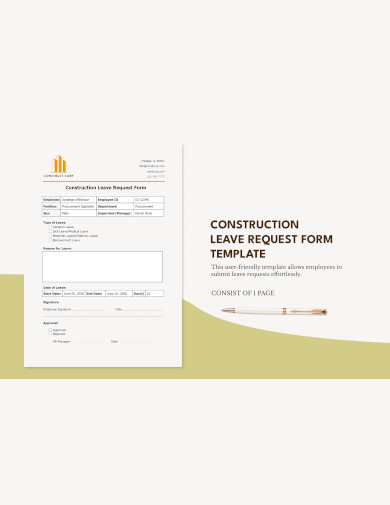
Construction Leave Request Form
download now -

Construction Change User Request Form
download now -
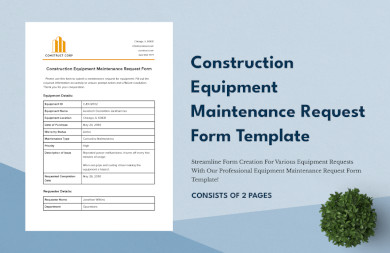
Construction Equipment maintenance Request Form Template
download now -

Construction Project Approval Request Form
download now -
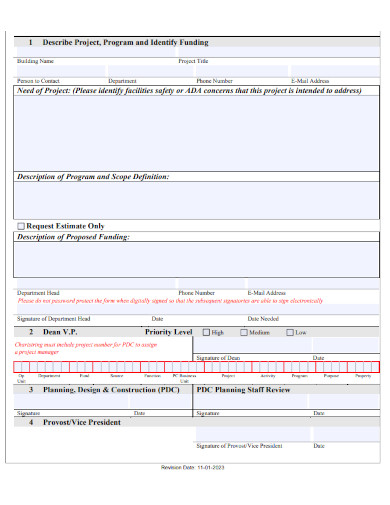
Construction Project Request Form
download now -
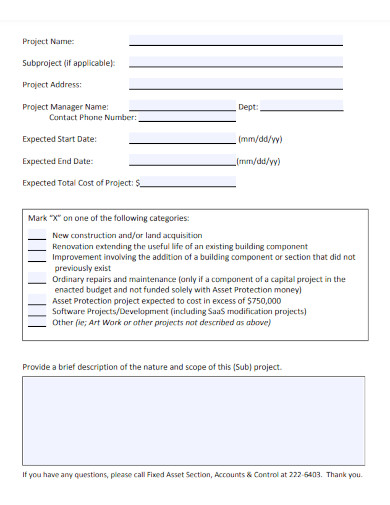
Construction Project Code Request Form
download now -

Construction Payment Request Form
download now -
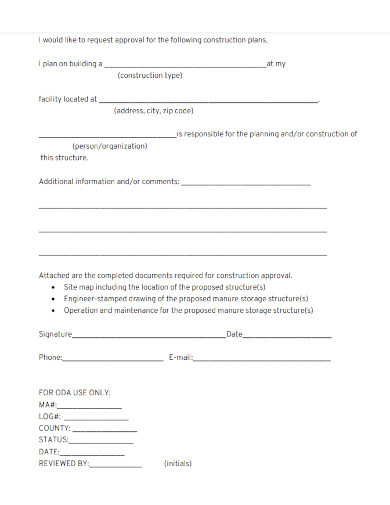
Construction Approval Request Form
download now -
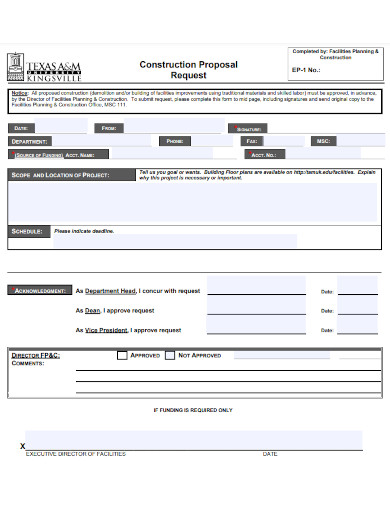
Construction Request Routing and Approval Form
download now -
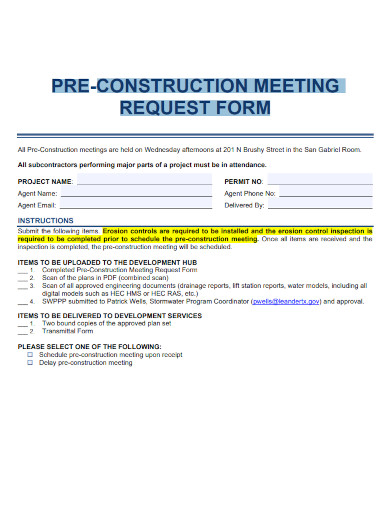
PRE Construction MEETING Request Form
download now -

New construction Project Request Form
download now -
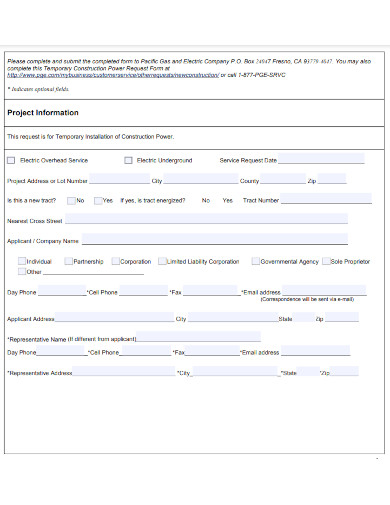
Temporary Construction Power Request Form
download now -
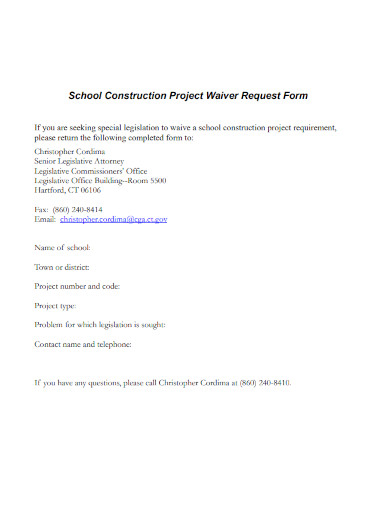
School Construction Project Waiver Request Form
-
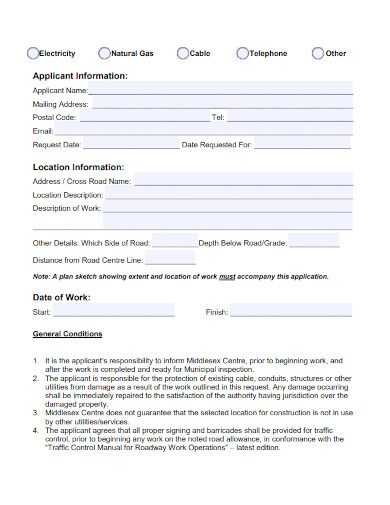
Utilities Construction Request Authorization Form
download now -
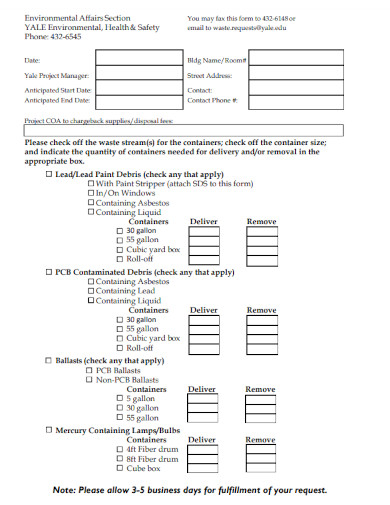
Construction Waste Supply/Removal Request Form
download now -
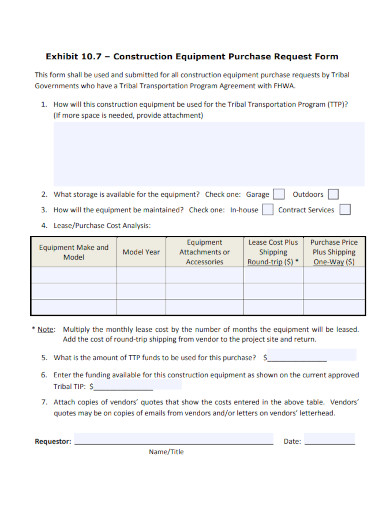
Construction Equipment Purchase Request Form
download now -
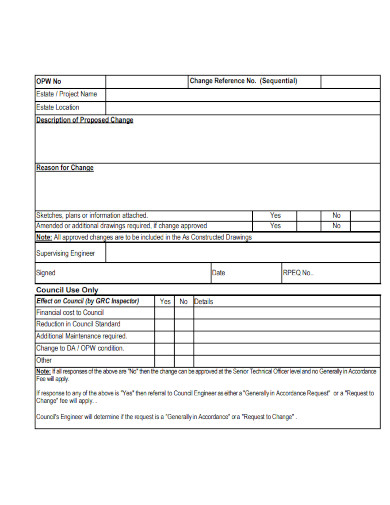
Construction Phase Change Request Form
download now -
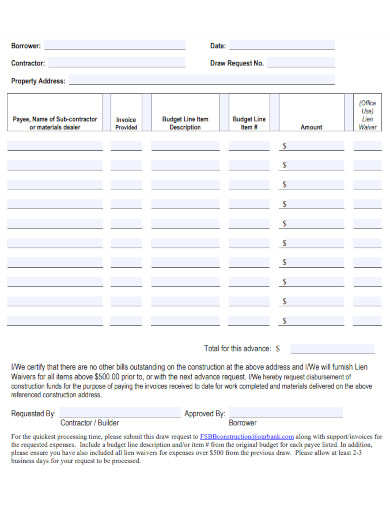
Construction Draw Request Form
download now -
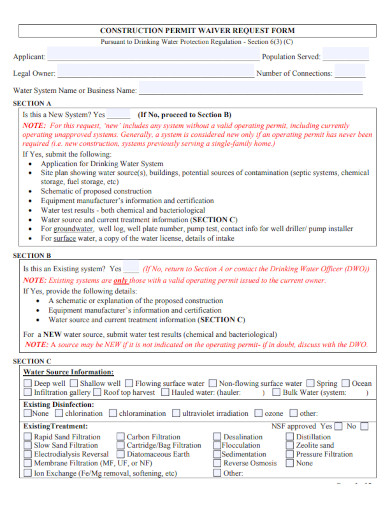
Construction Permit Waiver Request Form
download now -

Construction Permit Waiver Request Form
download now
What is Construction Request Form?
A Construction Request Form is a document or an online form used in the construction industry to collect essential information from clients or potential customers who are interested in starting a construction project report. It serves as an initial point of contact where clients can provide details about their project, such as project type, scope, budget, location, and any specific requirements they may have.
This form helps construction companies or contractors gather necessary information to understand the client’s needs and provide accurate quotes, estimates, or proposals. It streamlines the communication process between the client and the construction service provider, ensuring that both parties have a clear understanding of the project’s scope and expectations. Construction request forms can be paper-based or digital, depending on the preferences of the construction company.
You May Also See SAMPLE Construction Bid Forms, SAMPLE Construction Change Order Forms .
How to Fill Construction Request Form?
Filling out a Construction Request Form typically involves providing detailed information about your construction project or needs. The exact fields and format of the form may vary depending on the construction company or service provider, but here’s a general guide on how to fill out such a form:
1. Access the Form: Visit the website or contact the construction company to obtain the Construction Request Form. In many cases, it’s available online, and you can fill it out digitally.
2. Contact Information: Provide your contact details, including your name, phone number, email address, and physical address. This information is crucial for the company to get in touch with you.
3. Project Details: Describe your construction project. This may include, Type of project (e.g., home renovation, new building, commercial construction),Project location or address,Project scope (e.g., the number of rooms, square footage, specific requirements),Timeline or desired start date.
4.Budget: Indicate your budget range or an estimated budget for the project. This helps the construction company understand your financial constraints and preferences.
5. Additional Requirements: Include any special requirements or details relevant to your project, such as architectural plans, design preferences, or specific materials you’d like to use.
6. Attachments: If the construction company requires documents, you may need to upload them, such as blueprints, sketches, or any relevant files.
7. Comments or Questions: Use this section to add any comments, questions, or additional information that you think is essential for the construction company to know.
8. Submit: Once you’ve completed the form, review the information for accuracy. Make sure you haven’t missed any necessary details. Then, submit the form.
9. Follow-Up: After submitting the form, the construction company will typically review your information and may reach out to you for further discussions or to provide a quote or estimate.
Remember that the specific fields and requirements may vary from one Construction Request Form to another, so it’s essential to read and follow the instructions provided by the construction company. Providing accurate and detailed information is key to getting an appropriate response and estimate for your construction project.
You May Also See SAMPLE Construction Proposal Form, SAMPLE Construction Request For Proposal.
What are the Uses of Construction Request Form?
Construction request forms serve several important purposes in the construction industry. Their primary uses include:
1. Project Inquiry and Information Gathering: Construction request forms are used to collect essential information from potential clients or customers who are interested in starting a construction project. This information helps construction companies understand the scope and details of the project.
2. Quoting and Estimation: The details provided in the request form allow construction companies to prepare accurate quotes, estimates, or proposals for the potential client. This helps clients get an idea of the potential costs involved in their project.
3. Project Planning: Once the request form is submitted, it serves as the basis for initial project planning. Construction companies can assess the project’s feasibility, requirements, and timeline based on the information provided.
4. Communication: Request forms facilitate communication between the client and the construction company. It ensures that both parties have a common understanding of the project’s scope,Construction budget, and specific requirements.
5. Documentation: Construction request forms create a record of the client’s initial request and specifications. This documentation is useful for both the client and the construction company throughout the project’s lifecycle.
6. Legal and Regulatory Compliance: Depending on the location and nature of the project, construction request forms may be used to ensure compliance with local building codes, regulations, and permit requirements.
7. Project Customization: Clients can use the form to specify their unique needs and preferences, such as architectural styles, materials, and design elements, ensuring that the construction project aligns with their vision.
8. Streamlining Workflow: By standardizing the information-gathering process, construction request forms help streamline the workflow of construction companies. They can efficiently evaluate and respond to project requests.
9. Risk Assessment: Construction companies may use the information provided in the request form to assess potential risks associated with the project, allowing for better risk management.
10. Marketing and Lead Generation: Construction request forms on company websites can serve as a tool for lead generation and marketing. They encourage potential clients to make inquiries and engage with the construction company’s services.
Overall, construction request forms are a valuable tool for initiating, planning, and managing construction projects. They enable effective communication, project customization, and efficient estimation, ultimately contributing to successful project outcomes.
You may Also See SAMPLE Construction Waiver Form, SAMPLE Work Forms.
What are the Construction Request Documents?
The specific documents required for a construction request can vary depending on the type of construction project, the construction company’s policies, and the client’s needs. However, here are some common construction request documents:
1. Request for Proposal (RFP): This document is typically used for larger, more complex projects. It outlines the project’s objectives, scope, budget, and timeline. It may also include evaluation criteria for selecting a construction company.
2. Request for Quotation (RFQ): An RFQ is a document used to solicit price quotes from potential contractors or suppliers for specific construction services, materials, or equipment.
3. Scope of Work: This document defines the detailed scope of the project, including specific tasks, deliverables, and responsibilities. It helps ensure that both the client and the construction company have a clear understanding of the project’s requirements.
4. Architectural Plans and Drawings: Detailed architectural plans, blueprints, and engineering drawings are crucial for understanding the project’s design and structural requirements.
5. Specifications and Material Lists: These documents detail the specific materials, products, and construction standards to be used in the project.
6. Budget and Cost Estimates: Information about the project’s budget, cost estimates, and financial constraints is often included to guide the construction company in preparing a proposal.
7. Timeline and Schedule: A project schedule or timeline outlines the expected start and completion dates, milestones, and key project phases.
8. Site Information: Details about the project location, site conditions, and any environmental or regulatory considerations are important for assessing the feasibility of the project.
9. Client Requirements and Preferences: Specific client preferences, such as design styles, sustainability goals, or unique project requirements, should be documented to ensure they are addressed in the proposal.
10. Permit and Regulatory Compliance: Information related to required permits, licenses, and adherence to building codes and local regulations is vital for ensuring legal compliance
11. Insurance and Liability Documentation: Proof of insurance, bonding, and liability coverage are often required to mitigate risks associated with the project.
12. References and Past Projects: Some construction requests may ask for references, case studies, or information about the construction company’s past projects to evaluate their capabilities.
13. Terms and Conditions: The terms and conditions of the construction request, including payment terms, warranties, and dispute resolution procedures, are typically outlined to establish the contractual framework.
Why Use a Construction Request Form?
A Construction Request Form is used to formally document and request changes or modifications in a construction project to ensure clarity, accountability, and compliance with contracts and regulations.
In conclusion, the construction request form serves as the cornerstone for seamless project initiation. It streamlines communication, captures essential project details, and enables precise quoting. By empowering clients to articulate their construction visions and requirements, this document paves the way for successful collaborations between clients and construction companies, ensuring that projects are executed with precision and satisfaction.
